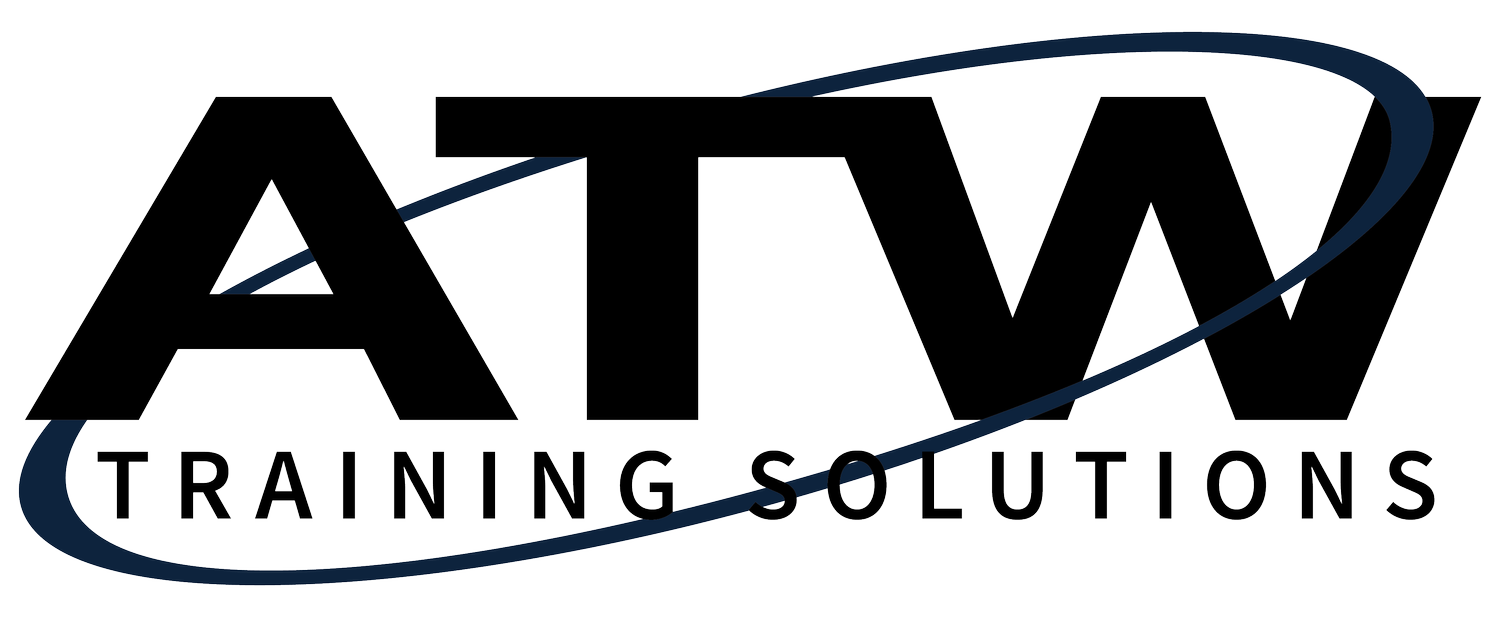On-the-job Training: How Adults Learn
Many people think of learning in terms of our experience in school. However, there are real differences in how adults learn compared to how children learn. This is important to keep in mind when it comes to on-the-job training.
Adults learn better and faster when they can learn at their own speed and when they feel there's a practical application. They want to know what's in it for me, to learn something new. Most adults do best when they can relate learning to their past experience andwhen they can employ multiple modes of learning, meaning they are allowed to see, hear, and do. They prefer to be part of the learning experience, monitoring their own learning, and even coming up with their own answers. This doesn't sound much like our childhood school experience does it?
Past experience. We aren't blank slates waiting to soak up knowledge. We've been there, and done that, and our learning is impacted by how we make connections to something similar to, or related to, what we've done before.
Ask me how to put together a PowerPoint. I've done a lot of that. I can build on the background I have, adapting to whatever this particular PowerPoint building situation requires.
Learning modes. If I can see you do something, I can learn. If I can hear an explanation of what you are showing me, I continue to learn. And if I get hands on and do, I'm putting the modes of learning together and will remember and be able to perform the task.
You'd never build your PowerPoint skills by simply watching me, would you? Or if I only told you what to do and didn't show you. But if I can tell you, and show you, and let you put your hands on the keyboard and mouse, now you are learning. That combination of learning modes is a powerful package.
Unlike children, adults may be reluctant to ask for help when they are unsure how to do something. They may hesitate and perhaps feel a little embarrassed at times, when learning something new. On the other hand, adults may challenge new information and look for immediate application before engaging fully.
Keep in mind these principles of adult learning when you are providing on-the-job training. It can make all the difference between success and frustration.
